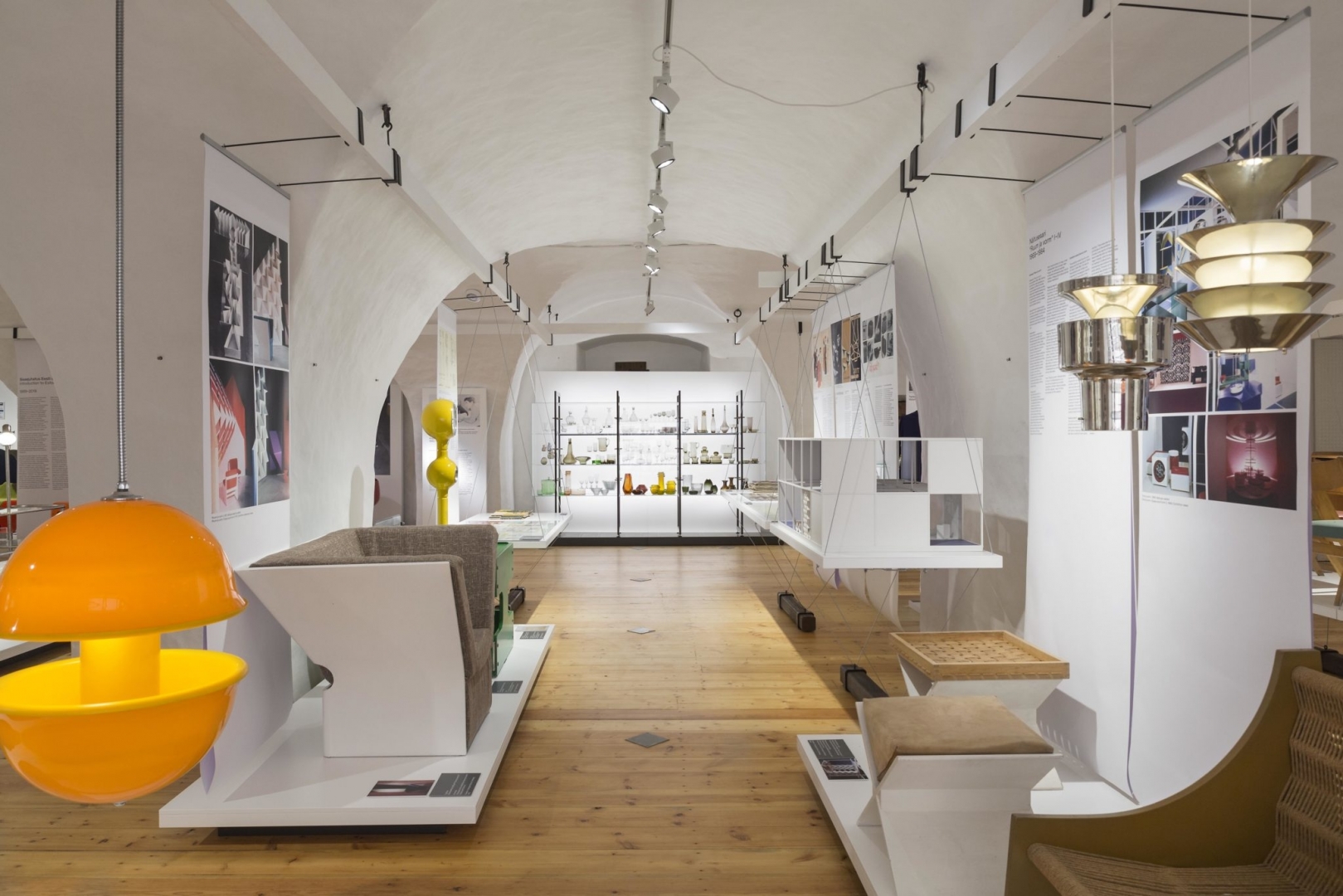“The aim of this exhibition is to provide an overview of the layers, characteristics and variety in Estonia design, by highlighting a small selection of examples that at different times and for different reasons have shaped the local design scene, either under the name of applied art, industrial art or design.” says Kai Lobjakas, the curator of the exhibition.
While the significance of industrialisation grew at the beginning of the 20th century, design was largely focused on small companies and workshops, which brought together several artists who graduated from the State School of Arts and Crafts, founded in 1914.
After World War II, the role of those areas of art connected to one’s spatial environment and the design of everyday space became especially important. In Estonia, the focus was on light industry: furniture, lighting, glass and ceramics. The Baltic States became a separate, more Western region within the Soviet Union, and Estonia had an important role in this. The ideas of Western consumer society were passed on to the Soviet Union through the products and environments that symbolised the comforts of everyday life. That said, the only Soviet home design magazine, Kunst ja Kodu (Art and Home), was published in Estonia for many years and there was a unique series of exhibitions Ruum ja vorm (Space and Form) that focused on experimentation.
Many new initiatives were undertaken by both businesses and designers during the restoration of independence. Today, there is a sizable core of innovative designers and extensive interest in local craftspeople and their products.
“Even though there are many similarities between the current Estonian design landscape and its beginnings a century ago, the situation is quite different. The most remarkable and important initiatives are those by designers with products that have grown out of a conceptual approach and from playing around with established conventions,” says Kai Lobjakas. “Behind every marvel, whether exhibited or not, there is a whole world still waiting to be revealed and thoroughly dealt with as new chapters in the history of Estonian design.”
The exhibition includes a project area, which will allow the exhibited topics to be expanded upon through discussions, talks and other formats. Literature introducing Estonian design is also on display at the exhibition.




